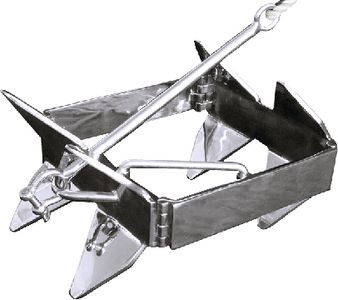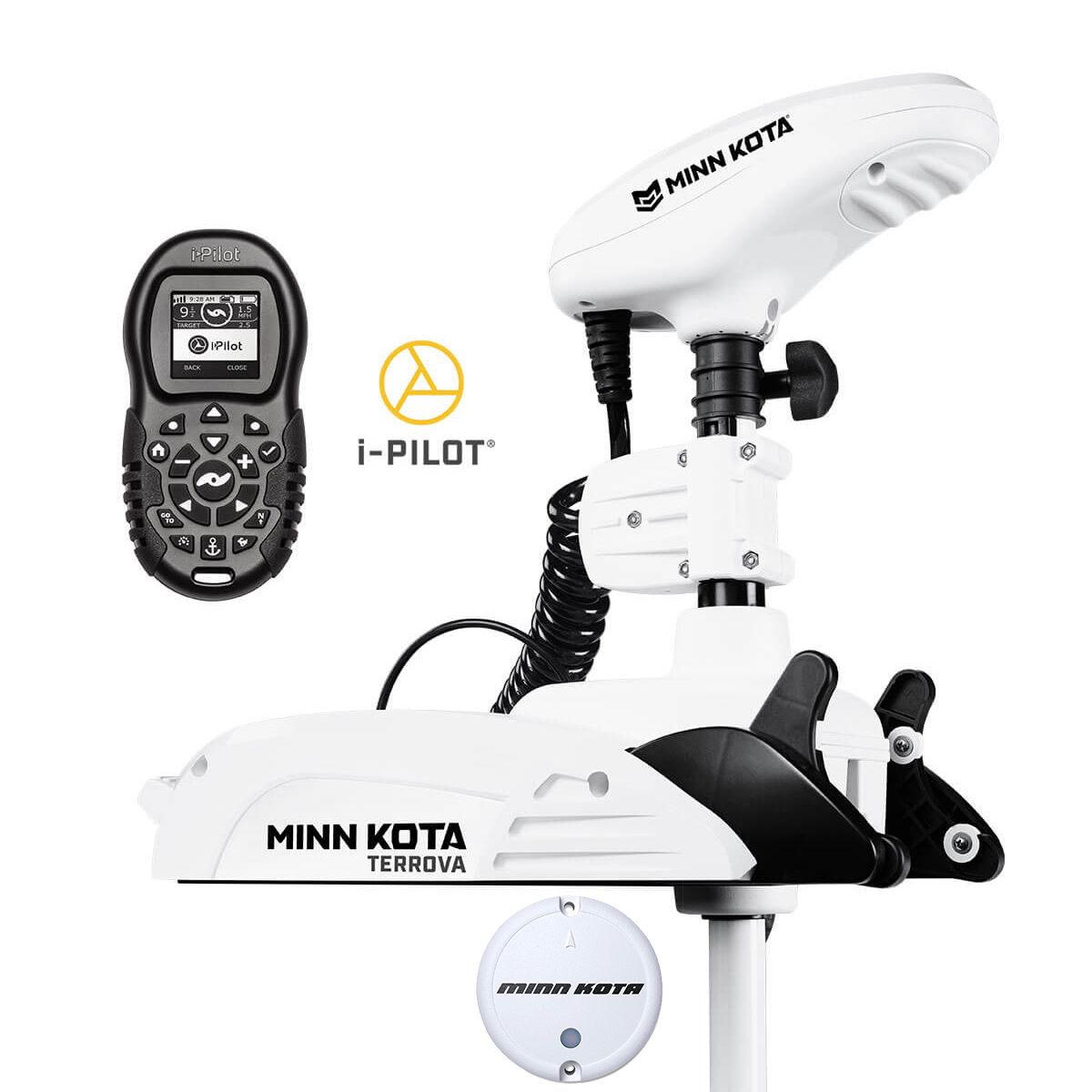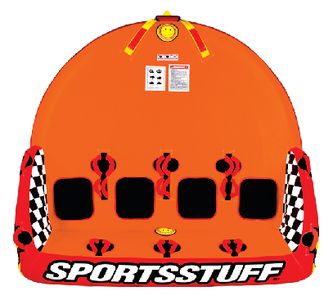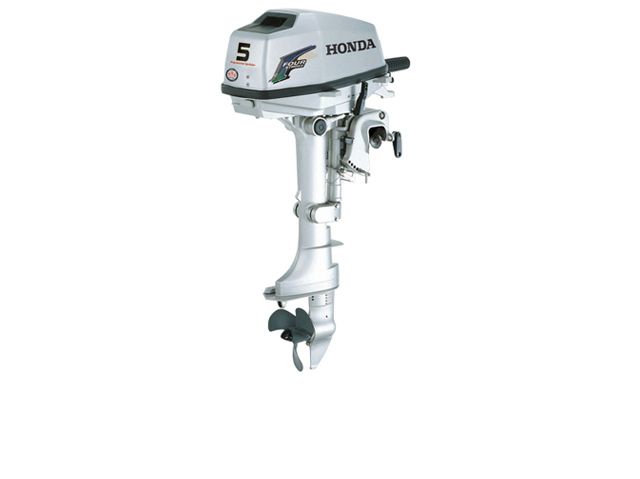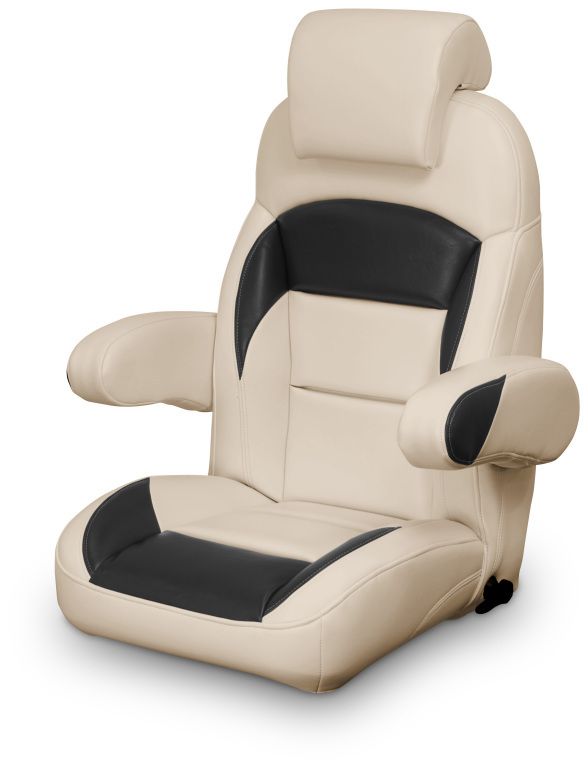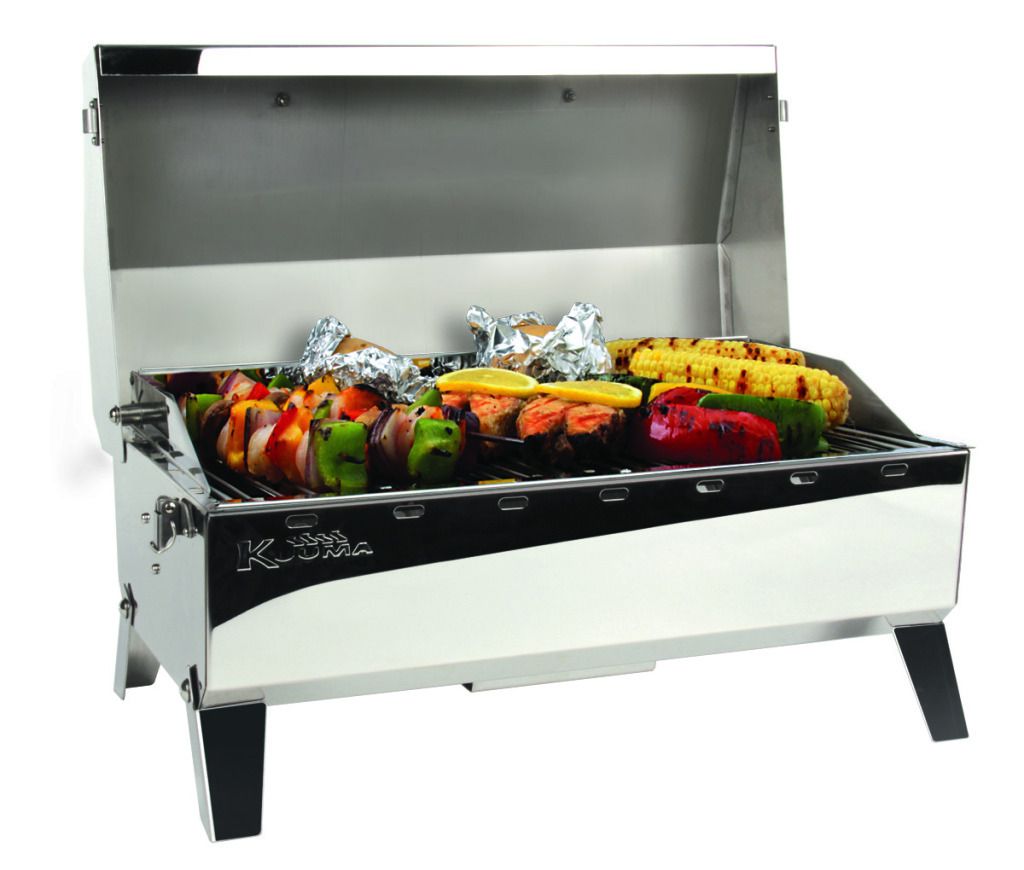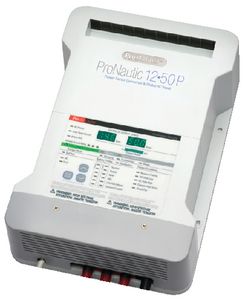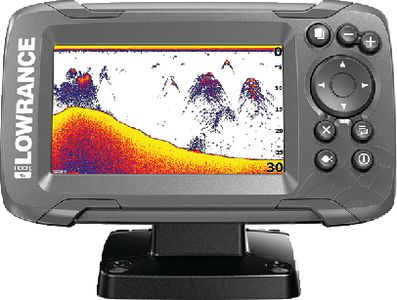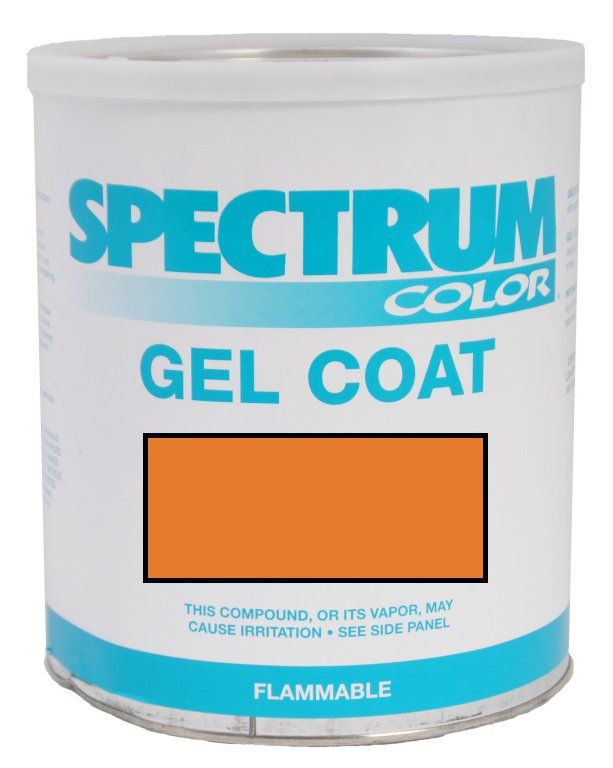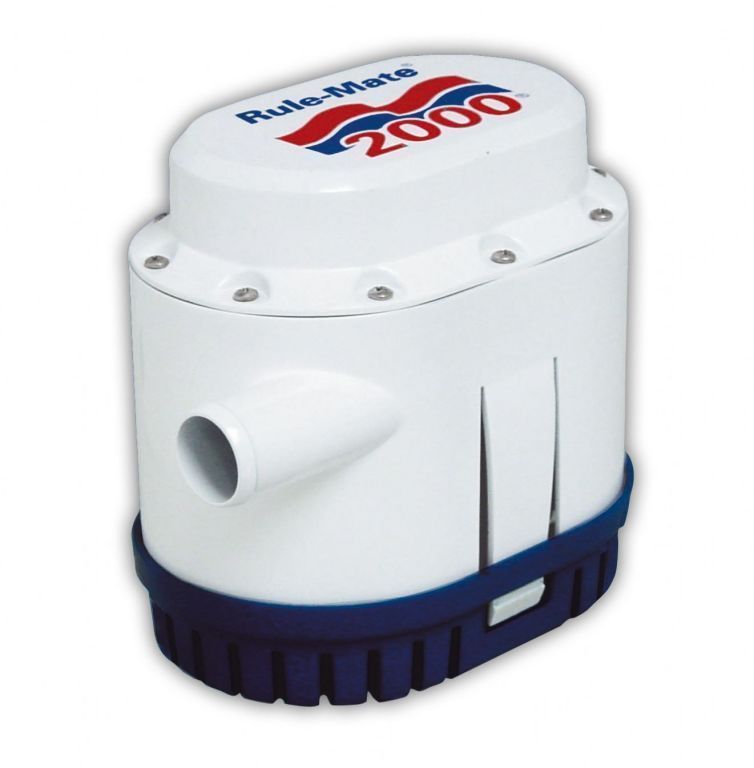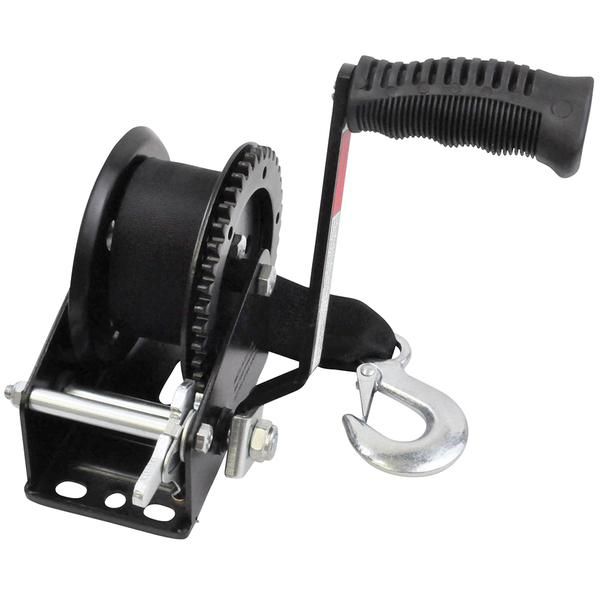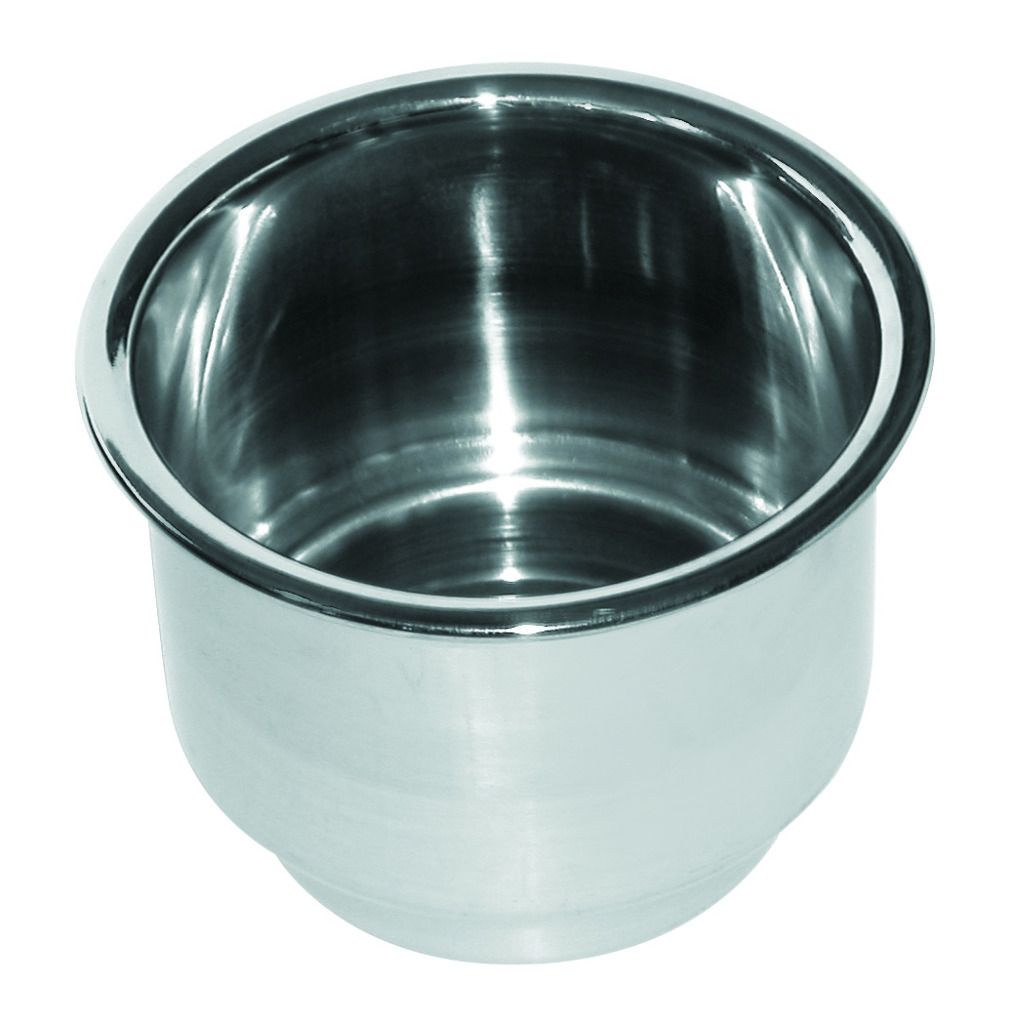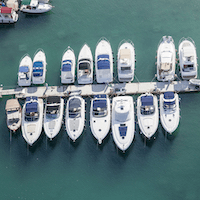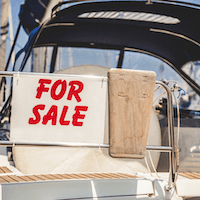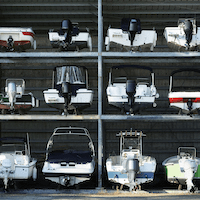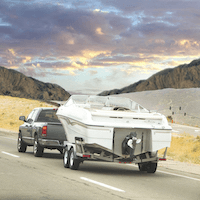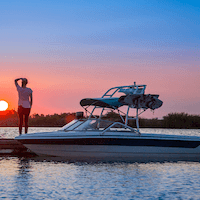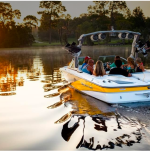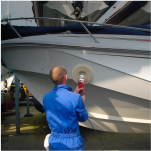Hi there,
Just bought my first boat, a Cadorette with a 100hp Johnson outboard. It came without any fuel connected so I'm trying to sort this now.
I bought a plastic fuel tank which has a female NTP fitting. I screwed an NTP to male Johnson fitting into that and I bought a female Johnson to female Johnson fuel line with handpump. This connects to the outboard so I should be good there.
The boat also has an internal fuel tank. There is a hose coming out of it with a barb attached. I think what I want to so is attach this hose to a male johnson fitting, then I could disconnect the hose from the plastic external tank and just plug it into the hose coming from the internal tank.
To do this I think I would need a barb to male johnson connector, but I can't find one any where so maybe I'm going about this the wrong way. How do people normally connect an internal tank to their outboard?
Edit: What I have found that I think would work is:
Anti-siphon hose bard to male NTP -> Female NTP to female NTP (coupling) -> male NTP to male Johnson
Thanks
Just bought my first boat, a Cadorette with a 100hp Johnson outboard. It came without any fuel connected so I'm trying to sort this now.
I bought a plastic fuel tank which has a female NTP fitting. I screwed an NTP to male Johnson fitting into that and I bought a female Johnson to female Johnson fuel line with handpump. This connects to the outboard so I should be good there.
The boat also has an internal fuel tank. There is a hose coming out of it with a barb attached. I think what I want to so is attach this hose to a male johnson fitting, then I could disconnect the hose from the plastic external tank and just plug it into the hose coming from the internal tank.
To do this I think I would need a barb to male johnson connector, but I can't find one any where so maybe I'm going about this the wrong way. How do people normally connect an internal tank to their outboard?
Edit: What I have found that I think would work is:
Anti-siphon hose bard to male NTP -> Female NTP to female NTP (coupling) -> male NTP to male Johnson
Thanks
Last edited:

